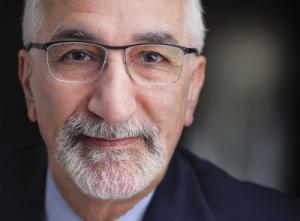Modernizing Measurement & Verification
Dr. Hossein Haeri is an executive consultant with the Cadmus Group, LLC. His work has focused on integration of demand-side management into the utility resource planning process. He has worked in managerial posts at utilities and energy services companies and taught utility economics and regulation at Portland State University.
Investment in energy efficiency has grown by leaps. With fresh ideas, methods for measuring the effects are catching up.

For the past forty years, ever since regulators and policy makers woke up to the promise of managing demand as a substitute for building power plants, efficiency has established itself as the least expensive and cleanest energy source. For several states, it is the fuel of first choice.
Investment in publicly funded energy efficiency rose to nearly eight billion dollars in 2017, with every major utility in just about every state offering efficiency programs.
Such massive growth would have been improbable without the work of evaluation, measurement and verification experts (EM&V’s), who helped make the case for energy efficiency by building trust in its results. Though this claim may sound outrageous, it is not.
EM&V underpins much of the consumer-funded energy efficiency enterprise. The experts help program administrators track their programs’ performance, and they bolster the public’s and regulators’ confidence that ratepayer funds are spent prudently.
EM&V encompasses a wide range of research activities in energy efficiency, aimed at answering important questions about the performance of publicly funded programs such as process efficiency, consumer satisfaction, and cost-effectiveness.

